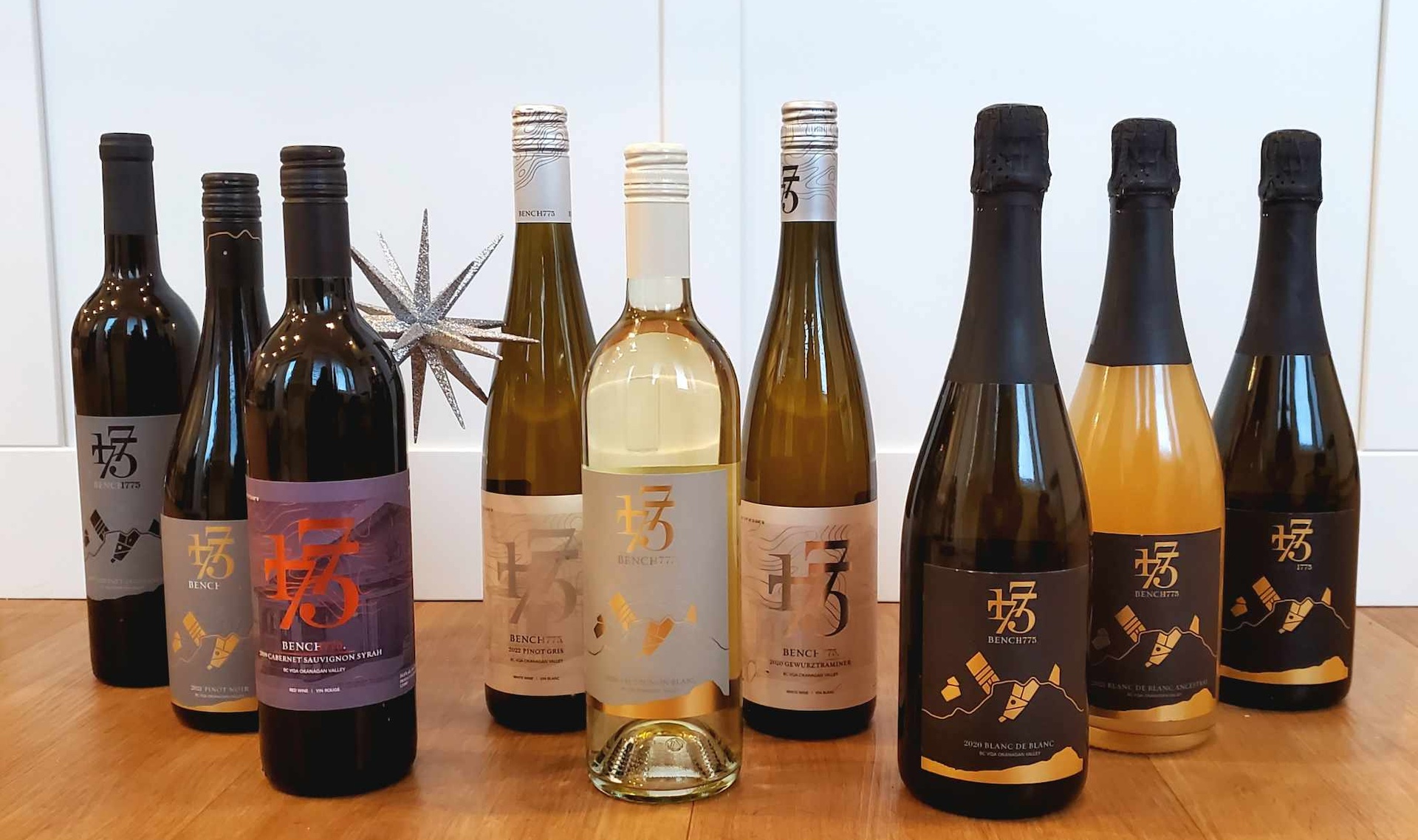How to Read Wine Labels Properly
Have you ever bought a wine bottle and wondered where it came from, the alcohol content, and who made it? You just have to look at the wine bottle’s label to figure it all out. But with all the vast information printed on the label, you can misunderstand and mismatch which is which.
So, let’s start with the basics. What is required on a wine label? Here are 7 components you need to look for in wine labels.
Country and region
The soil and terroir greatly affect the taste of your wine. Hence, knowing where your wine came from is necessary information for all wine lovers and drinkers.
You see the country where your wine came from usually at the top or bottom part of the front wine label. If you can’t see the country of origin, the producer might have chosen to include the region where the grapes came from and not the country.
Several countries have their own wine labeling system and you might encounter some words and abbreviations on your wine label. For example, in Spain, they use a wine certification system called Denominación de Origen (DO).
Producer
Most wines display the name of the wine producer at its front label. You have to remember; some wines are named after the winemakers or producers. The common example for this is those with estate and château on their names.
Grape varieties
There are a lot of grape varieties around the world and each has its own characteristics, tastes, tannins, acidity levels, and flavors. The variety of grape says a lot about the wine such as sweetness, color, and texture. But let’s not forget the climate and soil also have important roles in the wine.
If your bottle doesn’t include the grape variety, most likely, the winemaker used a blend of various grape varieties for their wines. In this case, you can look for the appellation. They might not show the exact percentage of each variety of grape they used but the appellation will give you an idea of what grapes were used.
Vintage or non-vintage
Vintage pertains to the year the wine is produced. If it’s not on the front label, check the neck of the bottle. The year indicated in your wine bottle is the year when the grapes are harvested. This will let you know the quality of the wine if the grapes are harvested in a good year or not. The vintage can let you know how much aging your bottle had.
When you see NV on your bottle, it means non-vintage. These wines didn’t go through any aging process and are ready for drinking on the day they are released in the market.
Alcohol level
Alcohol by Volume or ABV, tells you the level of alcohol in your wine. Red wines contain around 13.5% ABV on average while white wines generally contain lower ABV.
Most wine regions in Europe that produce the highest quality wines contain at least 13.5% ABV.
Sulfites
When you see “Contains Sulfites” in your wine label, it means wine producers used sulfites in their wine. The problem is, they will not let you know how many sulfites they used. This can cause allergies for people with sulfite allergies. If you are one of them, be sure to look at the wine label properly and check if it contains sulfites.
Sweetness
When your red wine is dry, it means all the sugars in the grape all turned into alcohol during its fermentation process. Leaving you with a dry strong red wine. If you are looking for new wines to drink and you are looking for a sweet one, it is better to check the sweetness level first. This way, you won’t be too surprised when you try it out.
There are two categories when it comes to wine labels — Old World or New World. Old World is from Europe, the Mediterranean, and some parts of Western Asia while New World is from any other wine-producing countries and region. When it comes to wine labels, Old World wines only contain the aging classifications and the region on its front label and not the grape variety, while New World wine labels always contain the grape variety.
These are just the basics of understanding wine labels and you might encounter other labels with more or less information. That’s okay. Some wine producers and winemakers add their own touch not only to their wines but also to their labeling, as well.
My advice, if you have a favorite wine or a list of favorite wines, it is better to familiarize yourself with their labels. Memorize the wine producer or winemaker. Why? Once you know who the wine producer is, you can tell a lot about their wine and wine making process.
If you do not have a favourite bottle, I highly suggest going to wine tasting events and trying various types of wine. This is the faster and easiest way to broaden your wine list. Plus, it is a great experience and opportunity to learn more about wine!
Author: Isla Grant






